The domestication of cats has a rich and diverse history, spanning thousands of years and touching upon various cultures worldwide. Unlike many other animals that humans have domesticated for agricultural purposes, cats joined human households for very different reasons. Their journey from wild hunters to beloved household pets reveals much about human needs, cultural exchanges, and the uncanny adaptability of these feline companions.
Origins of Feline Domestication
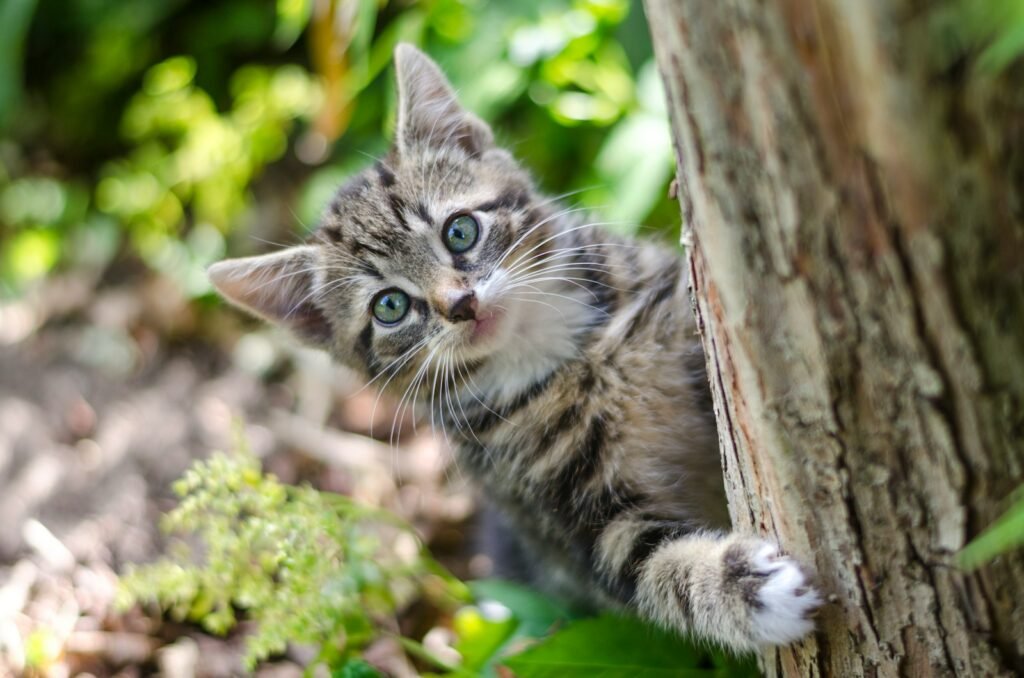
Cats are believed to have been domesticated in the Near East around 9,000 years ago. Genetic studies suggest that the African wildcat, Felis silvestris lybica, is the direct ancestor of today’s domestic cat. Unlike dogs, which humans selectively bred for specific purposes, cats chose to live alongside humans, attracted by the ready supply of rodents in early agricultural communities. This mutually beneficial relationship laid the groundwork for their eventual domestication.
Cats in Ancient Egypt
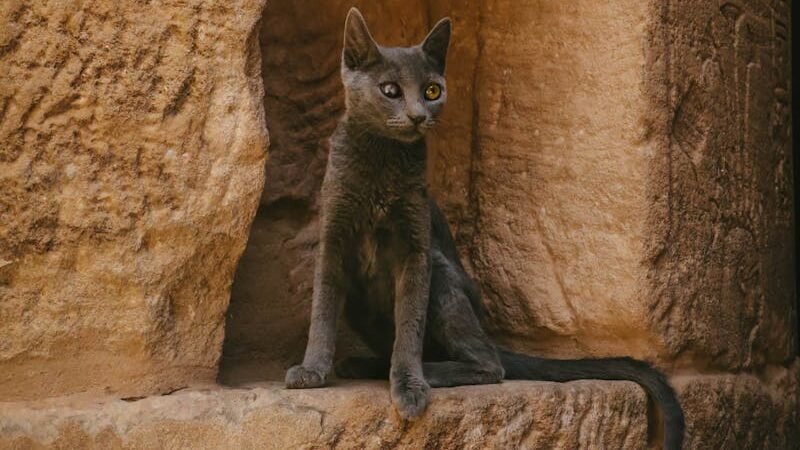
Ancient Egypt holds a particularly prominent place in the history of domesticated cats. Cats were revered and often associated with deities like Bastet, the goddess of home, fertility, and protection. The killing of a cat, even accidentally, was punishable by death. Egyptian families welcomed cats into their homes both as pest controllers and as symbols of grace and poise, facilitating their integration into everyday life.
Expansion Through Trade Routes
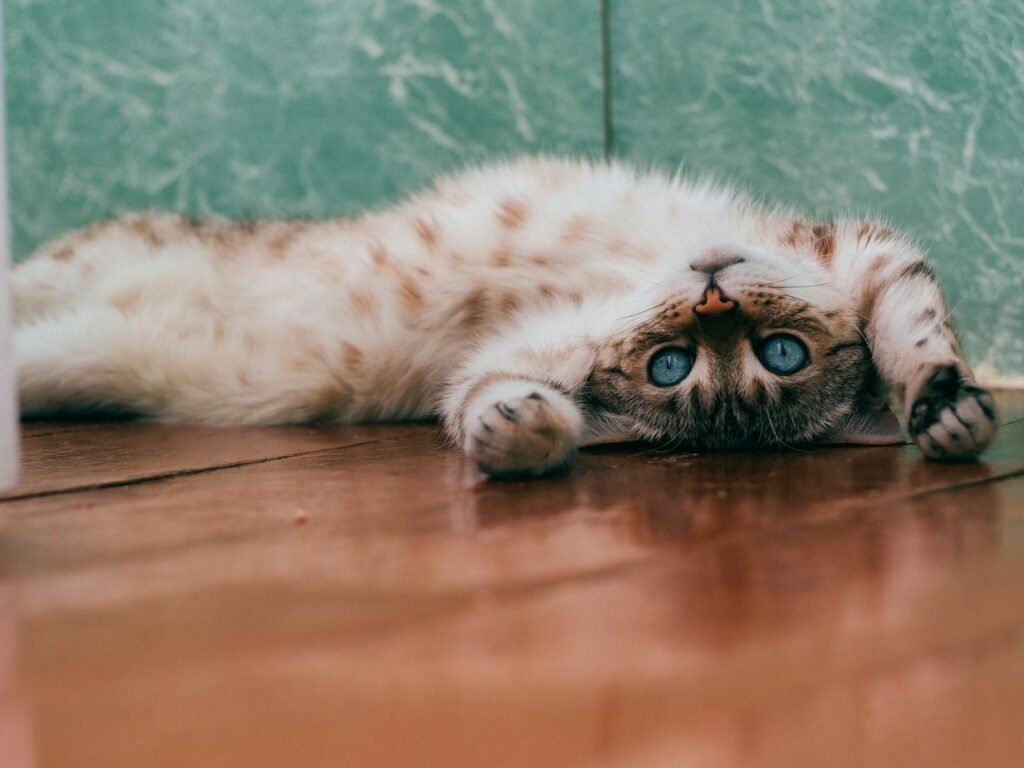
As trade routes developed between civilizations, cats began to spread beyond Egypt. Phoenician traders are believed to have introduced cats to Europe, where their rodent-catching abilities were appreciated in burgeoning agricultural and urban areas. These trade exchanges ensured the gradual integration of cats into different cultural settings.
Cats in Asian Cultures
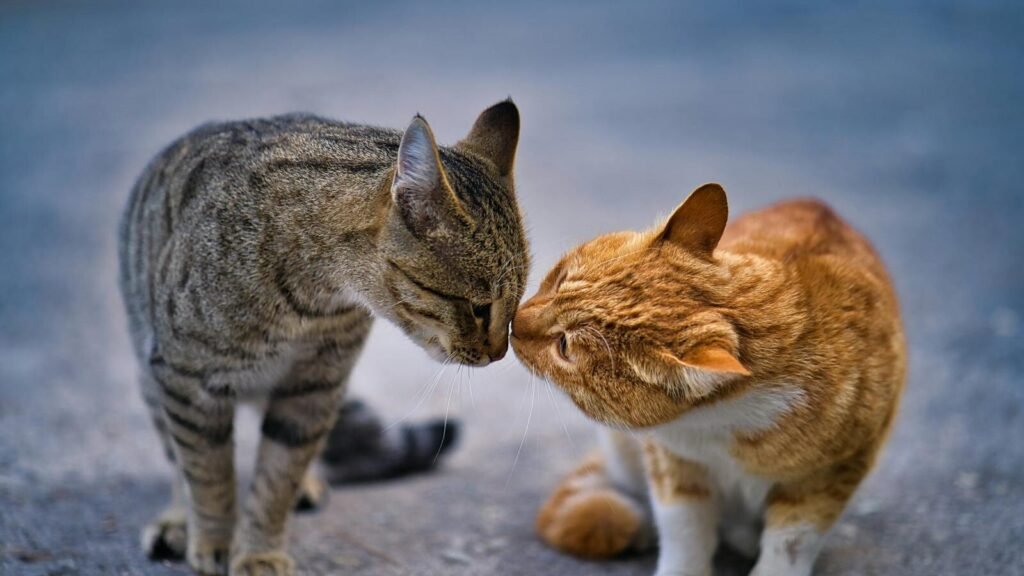
In Asia, cats have held both practical and spiritual roles. In China, they were associated with good luck and were kept to protect libraries and ancient manuscripts from rats and mice. In Japan, cats were kept by the wealthy and even appeared in art and folklore. The depiction of the “Maneki Neko,” or the waving cat, is believed to bring good fortune and is rooted in centuries-old traditions.
Medieval Europe and the Cat’s Struggles
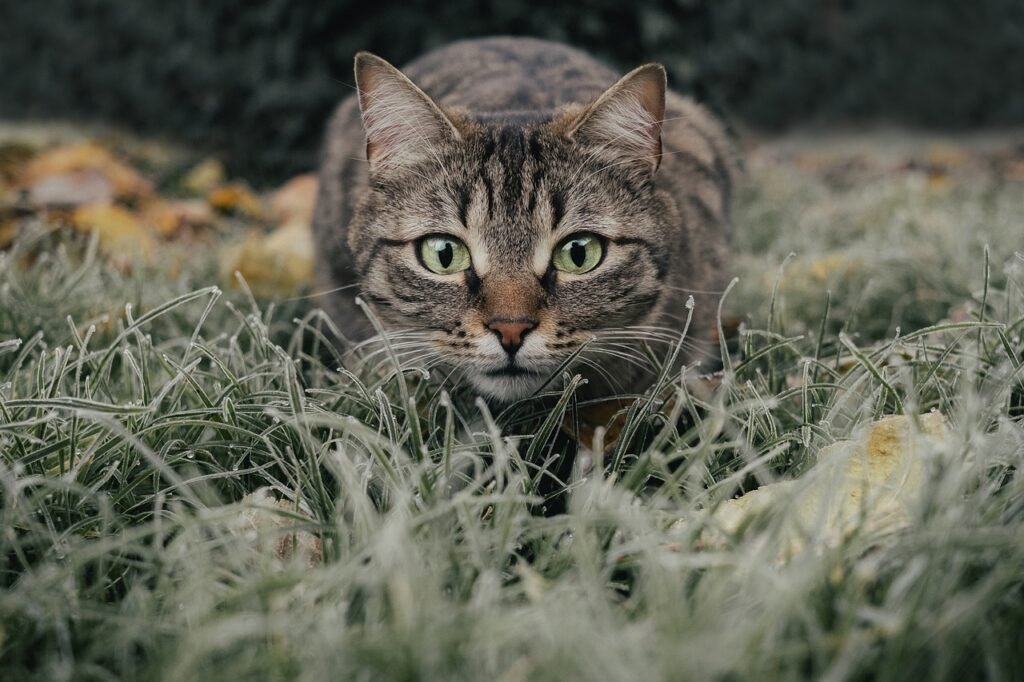
During the Middle Ages in Europe, cats faced a tumultuous period. Their connection to paganism and witchcraft led to widespread persecution. However, their utility in controlling the rat population that was responsible for spreading the Black Plague later saw them regain some favor. The duality of reverence and superstition surrounding cats highlighted their complex position in European societies.
Renaissance and Enlightenment Views
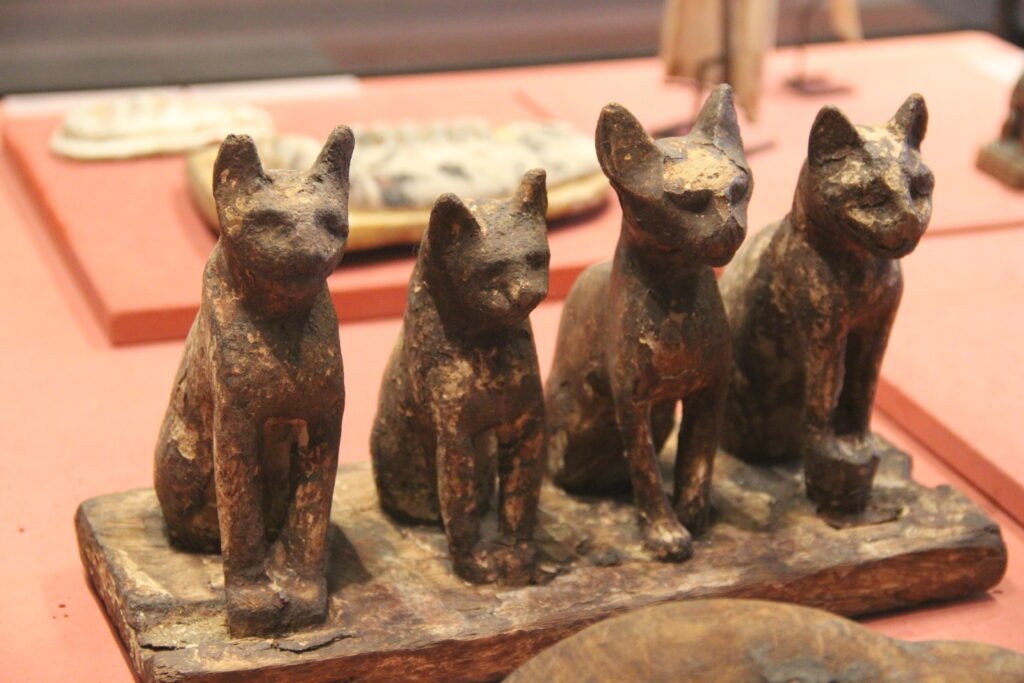
With the advent of the Renaissance and the Enlightenment, perceptions of cats began to improve. Cats were portrayed in literature and art as symbols of independence and curiosity. They gained popularity in households for both their practical uses and their companionship, reflecting a broader shift towards valuing individualism and domestic comfort.
Victorian Era: Cats as Status Symbols
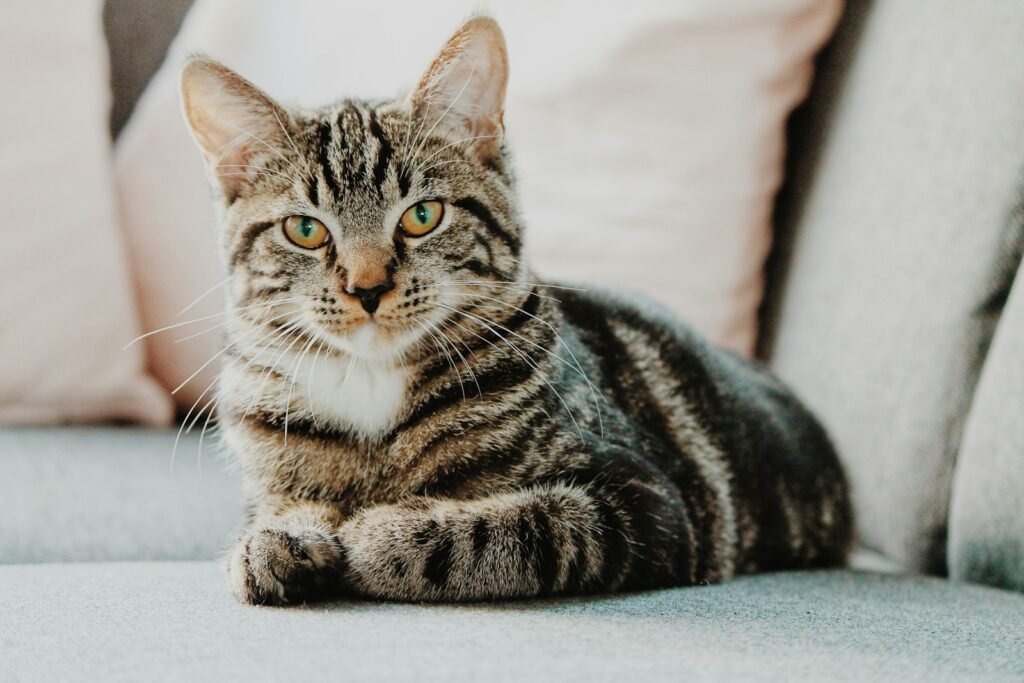
The Victorian era marked a significant turning point for cats in the Western world. They became fashionable pets, a status symbol for the elite. Queen Victoria herself was a cat lover, and her affinity for cats bolstered their popularity. During this period, the first cat shows and breeding standards began to emerge, further solidifying their place as favored household pets.
20th Century: Entering the Modern Household

The invention of commercial pet food, veterinary advancements, and changing urban landscapes in the 20th century further cemented cats’ roles as household pets. The depiction of cats in popular media, from movies to internet memes, showcased their charming and curious natures, endearing them to millions globally.
Globalization and Cross-Cultural Influences

Today, cats enjoy global popularity as household pets, embodying a blend of the various cultural influences they’ve accumulated over centuries. They continue to serve practical purposes while also providing companionship to people of all ages and lifestyles. As urbanization and global interconnectivity increase, cats’ adaptable and low-maintenance nature makes them especially suited to modern living conditions.
Cats in Modern Science and Society

Beyond their appeal as pets, scientific interest in cats has grown, contributing to fields such as genetics, psychology, and veterinary medicine. Understanding cat behavior and health continues to reveal insights into their domestication process and social dynamics. In society, cats often feature in advocacy for animal welfare and protection, reflecting changing attitudes towards animals.
Conclusion
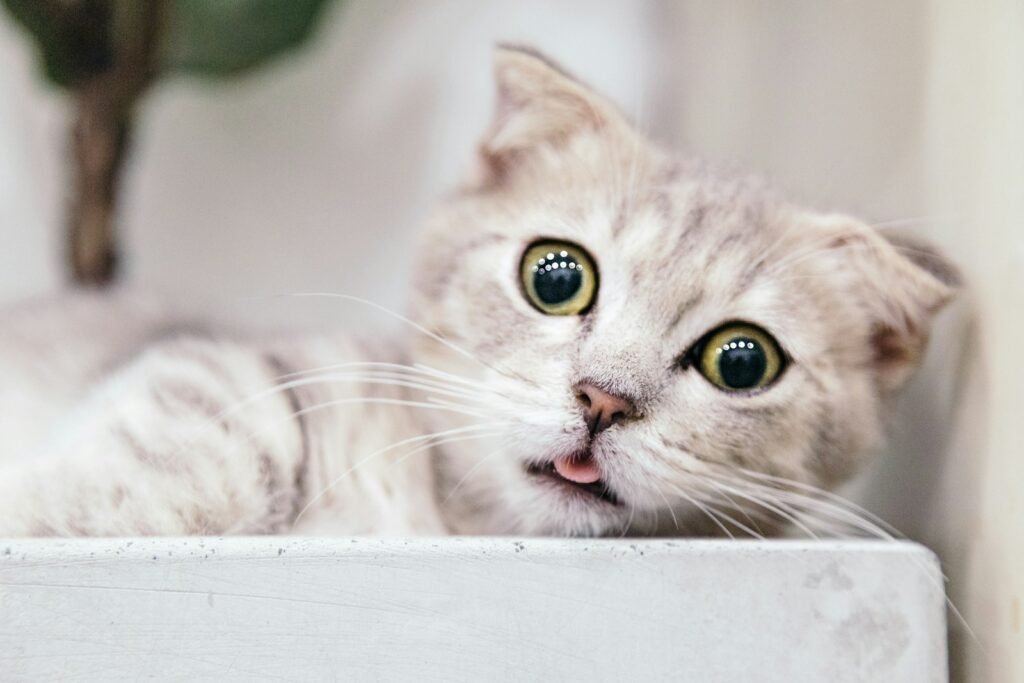
The journey of cats from wild predators to beloved dots on global maps is a testament to their adaptability and the complex tapestry of human history. They have moved with us across landscapes and epochs, resulting in their immense popularity today. Cats continue to thrive as symbols of independence and companionship, enriching our lives in diverse and multifaceted ways.

Suhail Ahmed is a passionate digital professional and nature enthusiast with over 8 years of experience in content strategy, SEO, web development, and digital operations. Alongside his freelance journey, Suhail actively contributes to nature and wildlife platforms like Feline Fam, where he channels his curiosity for the Feline into engaging, educational storytelling.
With a strong background in managing digital ecosystems — from ecommerce stores and WordPress websites to social media and automation — Suhail merges technical precision with creative insight. His content reflects a rare balance: SEO-friendly yet deeply human, data-informed yet emotionally resonant.
Driven by a love for discovery and storytelling, Suhail believes in using digital platforms to amplify causes that matter — especially those protecting Earth’s biodiversity and inspiring sustainable living. Whether he’s managing online projects or crafting wildlife content, his goal remains the same: to inform, inspire, and leave a positive digital footprint.






